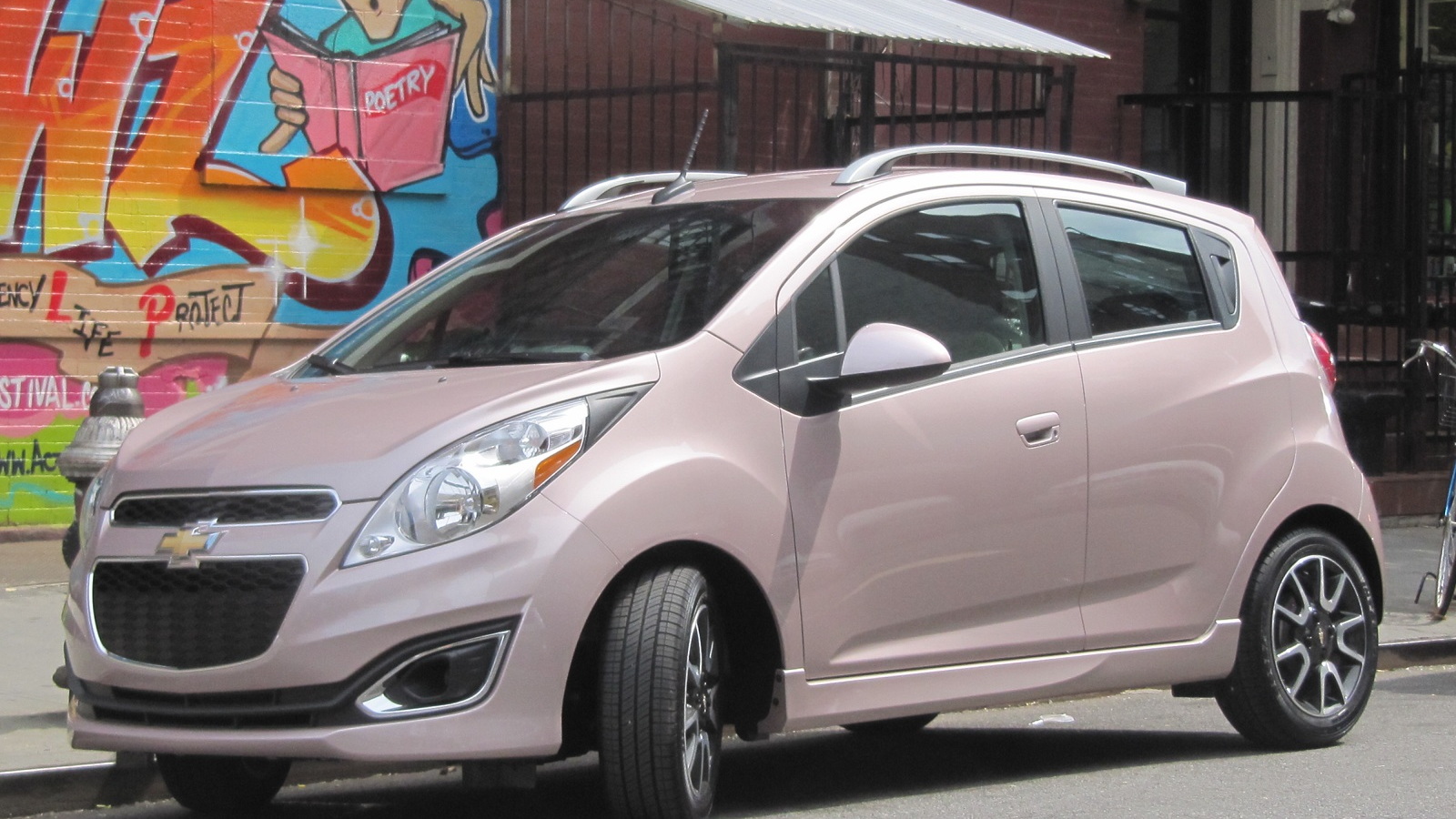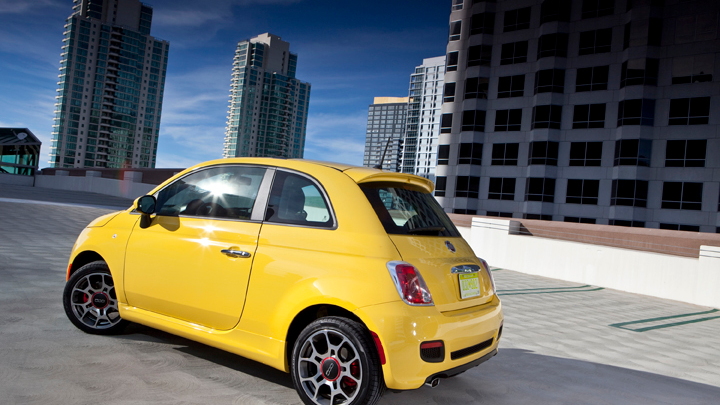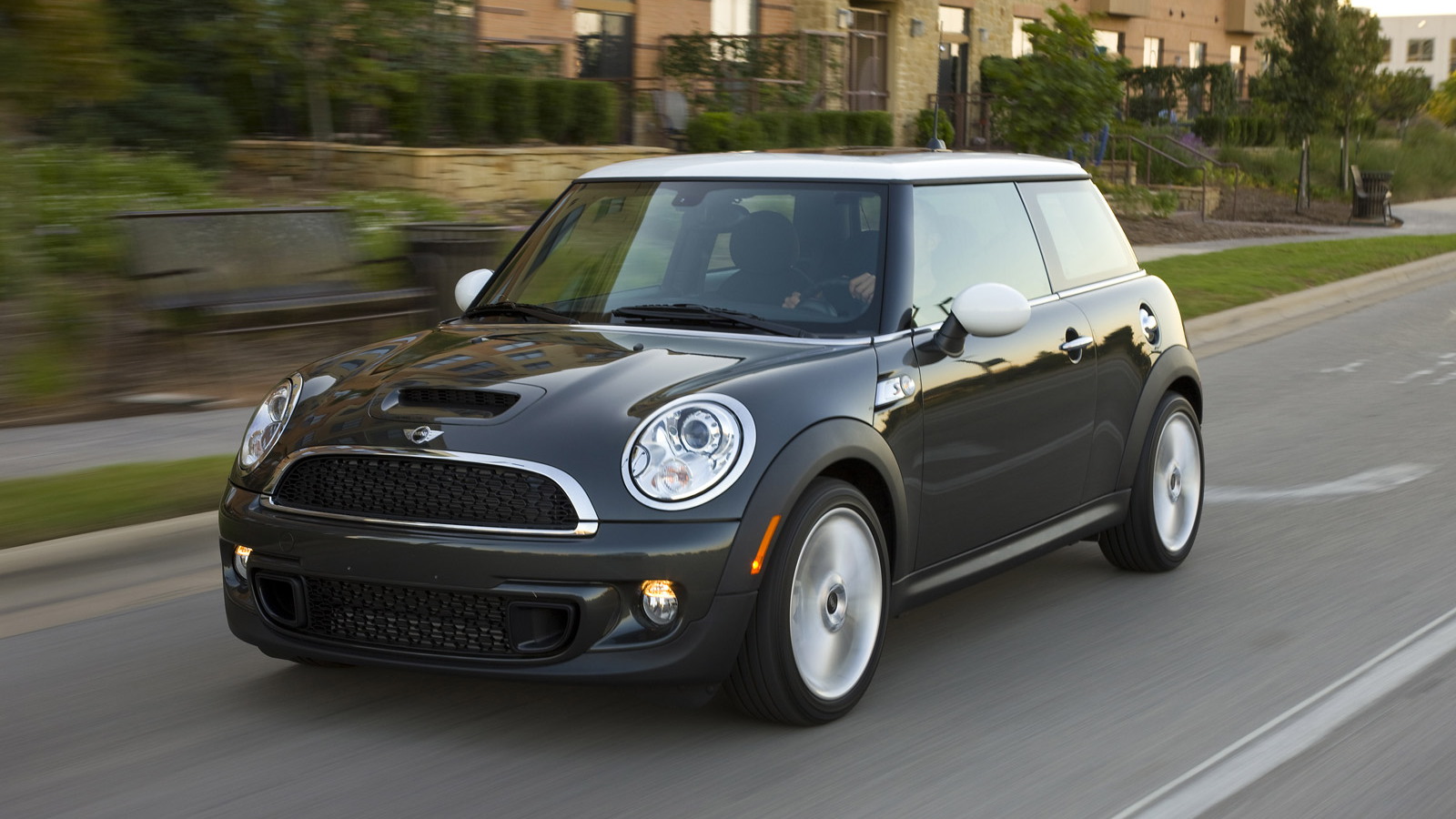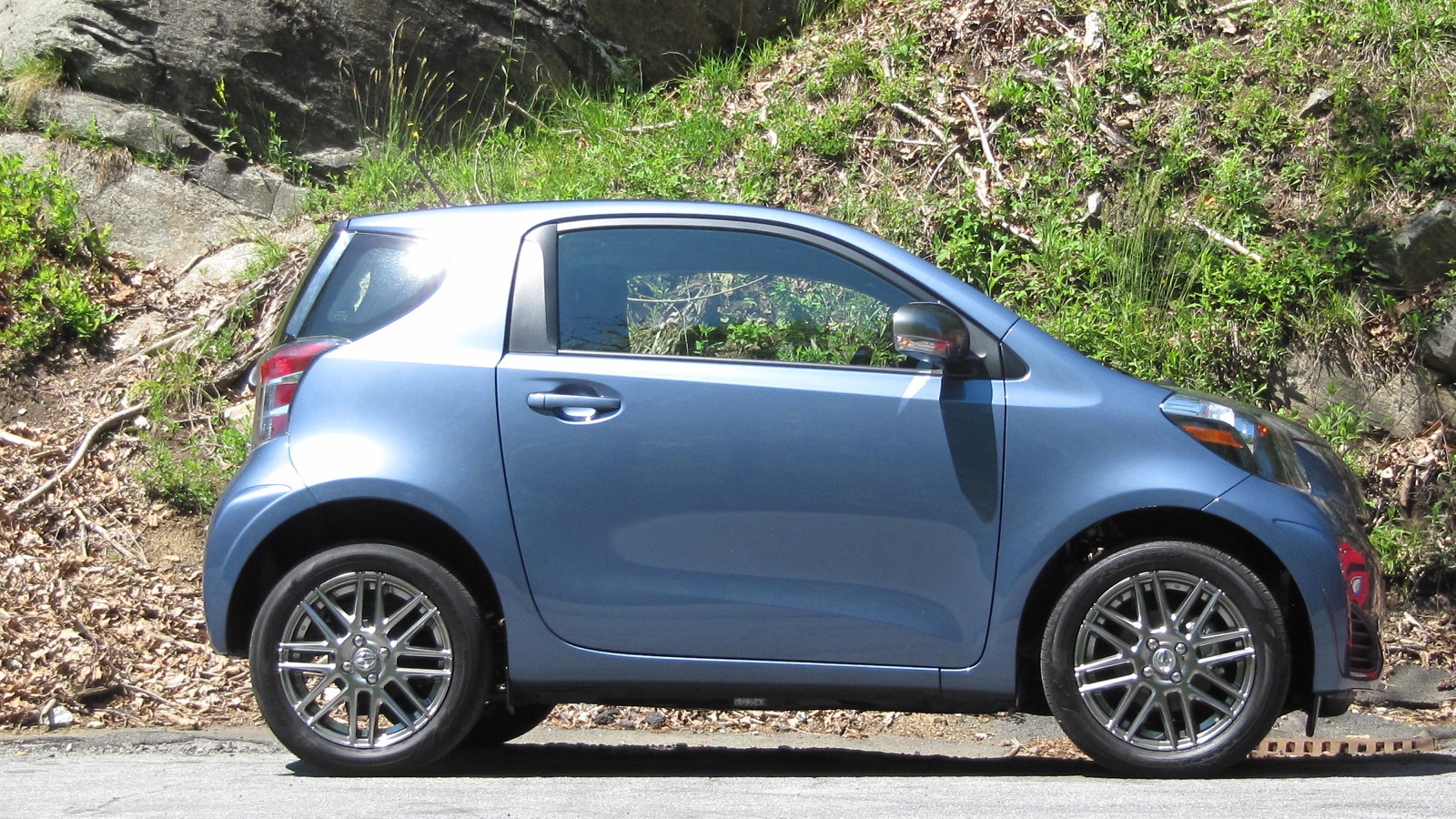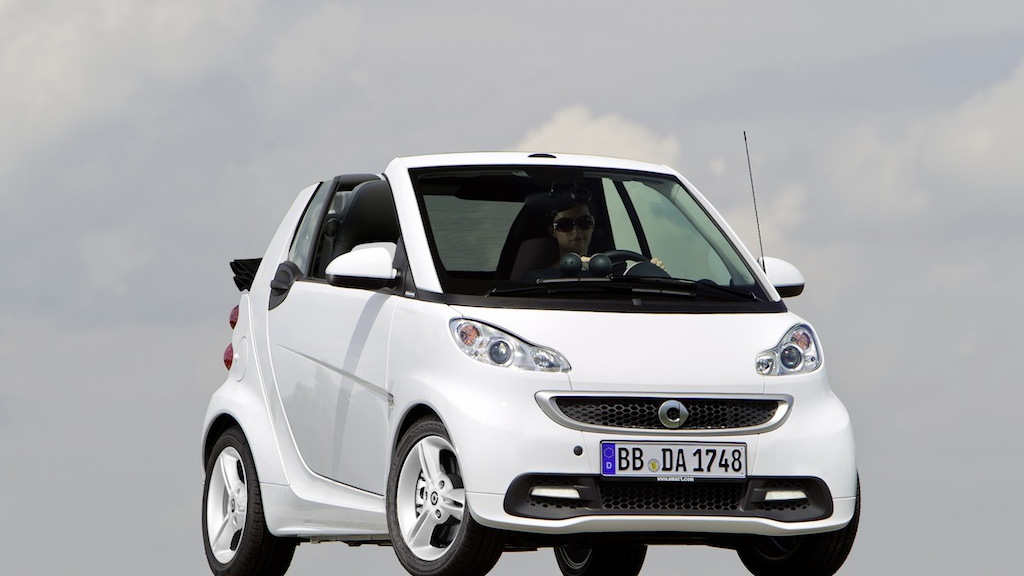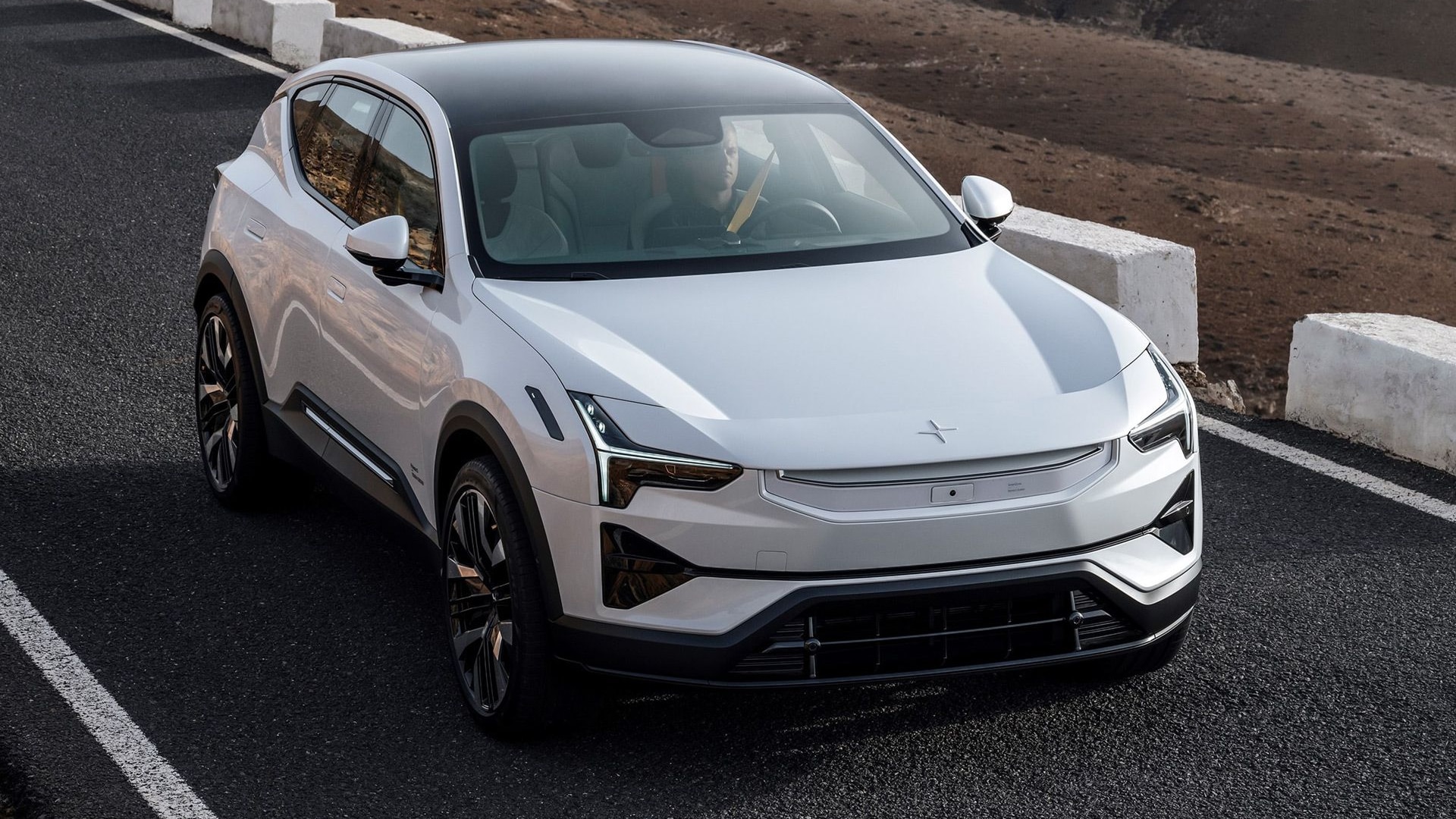If it's the latter, then you may also be a fan of the smallest cars manufacturers have to offer. And if you are, then our handy guide to all the minicars currently on sale in the U.S. could prove useful.
Small cars tend to be fairly economical and emit low emissions, but they're often good fun to drive too, thanks to light weight and nimble handling characteristics.
But which should you choose?
To help, we've lined up a full list, with links to reviews and news pieces for each car. Bookmark this page, as we'll keep it updated as and when other cars hit the market.
Gasoline minicars
Chevrolet Spark
32 city, 38 highway, 34 combined (mpg)
With Toyota's iQ a simple rebadge of the Japanese Toyota version, Chevy's Spark is the only American minicar currently on sale. And in terms of space, it's actually not that 'mini'. There's surprising room inside for four people, aided by the tall roofline and low floor.
It looks funky on the outside and inside too, with good use of color and a motorcycle-style instrument pod. Unfortunately, the interior materials feel a bit cheap. Handling is adequate and ride a little firm, but really it's the drivetrain that lets the Spark down.
The 1.2-liter, 84-horsepower engine ranges between tolerable and turgid--the former with the standard five-speed manual transmission, the latter with the automatic. Gas mileage too is nothing special--you're better really spending a little extra to get Chevy's larger Sonic.
Fiat 500
31 city, 40 highway, 34 combined (mpg)
Bellissimo! The Fiat 500 certainly has all the style of the 1950s original, with cute looks that really stand out, particularly in bright colors. If every trip was to the local coffee shop, it might just be the perfect car.
With a 1.4-liter engine acceleration is peppy, and 2013 models are capable of meeting the 40 mpg mark on the highway. It's as unique on the inside as it is outside, though room is a little tight--particularly in the back--and there's not a lot of trunk space.
It's good fun to drive, there's a convertible model for those in sunnier climates, and it's not too expensive--provided you go easy with the options list.
MINI Cooper
29 city, 37 highway, 32 combined (mpg)
Unlike the Chevy Spark, which is small outside and large inside, the MINI is subcompact-sized externally but only has a small cabin. It does add to the MINI's classic feel however, as does the retro-style interior and the way it darts around corners.
Powered by a 1.6-liter, four-cylinder engine, the 121-hp MINI Cooper has enough performance to be fun to drive, and reaches a respectable 37 mpg on the highway--though this still puts it behind several of its small rivals.
And it may be small, but it's the most grown-up small car to drive. It's every inch the miniature BMW, so you won't have to give up big-car comfort to enjoy small-car benefits.
Scion iQ
36 city, 37 highway, 37 combined (mpg)
Scion just pips its Smart rival on fuel efficiency, but otherwise the concept is similar--squeeze as much car into as little footprint as possible.
The iQ actually squeezes even more than the Smart, with two extra seats--though the seat behind the driver is essentially useless, and the trunk is barely larger than a door pocket. It doesn't feel vulnerable on the road though, and its turning circle is second-to-none--so parking will be a cinch.
The 1.3-liter engine and continuously-variable transmission aren't the speediest of combos, but deliver up to 37 mpg and city mileage is among the best of any minicar.
Smart ForTwo
34 city, 38 highway, 36 combined (mpg)
Smarts have never really taken off in the U.S, which proves that small cars really can be just a bit too small. Whether it's safety concerns (the Fortwo is actually quite safe for such a tiny car) or gas mileage (many expect more than 36 combined), the initial sales rush quickly died.
In some ways that's a pity, as the ForTwo can be a lot of fun. Once you've got over the jerky gearchange, the engine makes an interesting noise and it's adept at darting around city streets.
Once inside, you'll find it quite large for a small car--for two, as the name suggests. The trunk isn't huge, but it's less compromized than the Scion iQ too. But there are better minicar choices.
Electric minicars
Mitsubishi i-MiEV
126 city, 99 highway, 112 combined (MPGe)
One of the first dedicated electric cars on sale globally, the Mitsubishi i (more sensibly known as the i-MiEV elsewhere) was originally based on Japan's tiny kei-car regulations.
It's grown a little for the U.S. but still occupies very little road, while providing a surprisingly spacious interior. It's hugely easy to drive too, with simple controls and peppy low-speed acceleration
It'll only top 80 mph though, and at those speeds battery life is short. EPA range is 62 miles, but it's wise to expect less than that--particularly if driven with vigor.
Scion iQ EV
138 city, 105 highway, 121 combined (MPGe)
The new kid on the block, the electric version of Scion's iQ is actually the most efficient electric vehicle in the U.S.
Which is a great pity, given that Scion has absolutely no intentions to sell it in the U.S. Instead, the company will run a small test fleet.
Perhaps that's just as well though, because unlike its gasoline counterpart, it can't offer the specifications of its Smart rival--range is only 53 miles, and it takes 14.3 seconds to reach 62 mph. Toyota just doesn't seem to care that much about electric cars...
Smart ForTwo Electric Drive
112 city, 88 highway, 100 combined (MPGe)
We're now on the third-generation of Smart's electric model, and the company may finally have nailed it.
It's both quicker and more efficient than the previous model, the former by quite a margin. Power is almost double that of the previous car and it now accelerates quicker than the gasoline Smarts. It also has a range of 90 miles, to the previous car's 84.
Throw in the price, lowest of any electric car in the U.S. at $25,750 pre-incentives, and it's not hard to see this as Smart's best vehicle yet.
+++++++++++
